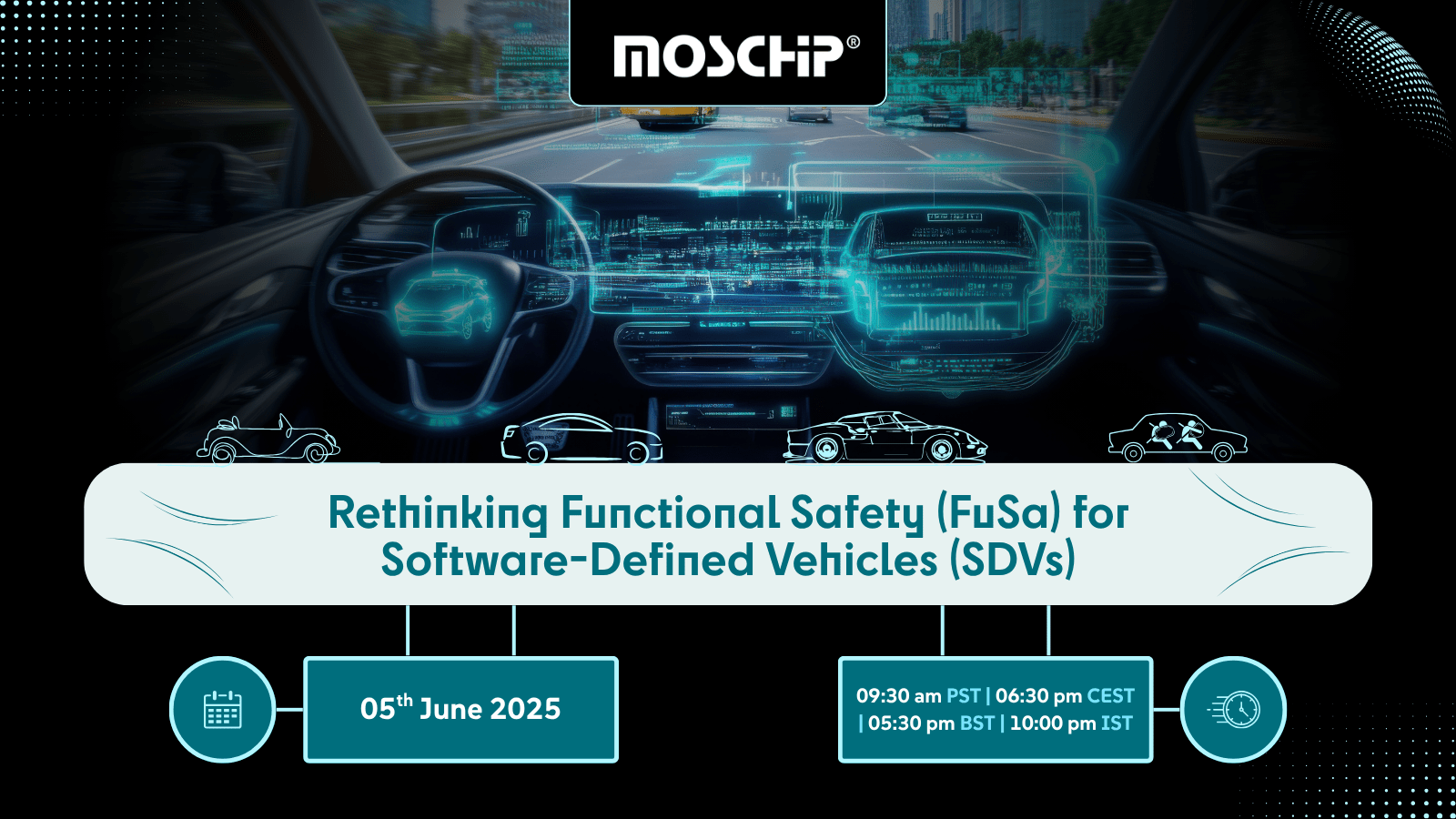


Have you noticed how our vehicles are evolving into a smartphone on wheels? Companies like Tesla and others are driving this revolution by increasingly leveraging software to enhance and introduce new features and improve driving experience.
We are no longer just looking for horsepower. Our thinking has evolved much beyond that. We have started to look at things like the level of autonomous driving, OTA updates, immersive in-car entertainment, and how the vehicle will continue to evolve over time. This shift in thinking has motivated automotive companies to heavily invest in software to define better user experience.
According to McKinsey, automotive companies and their suppliers are investing heavily in software and electrification. By 2030, the global automotive software and electronics market is expected to reach $462 billion, representing a 5.5 percent CAGR from 2019 to 2030.
This evolution does not come without its challenges, especially with functional safety. When it comes Software Defined Vehicles, functional safety can no longer rely on traditional approaches anymore. For highly integrated and intelligent automotive systems, we need a new perspective, one that ensures functional safety without slowing down innovation while staying compliant with regulatory standards.

